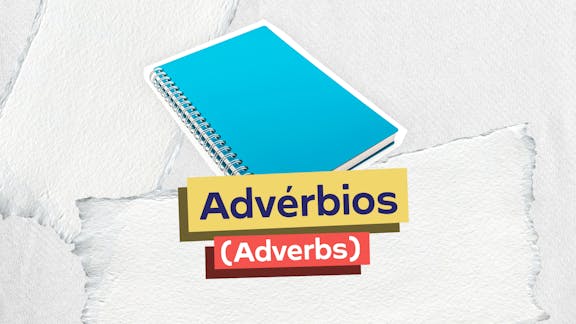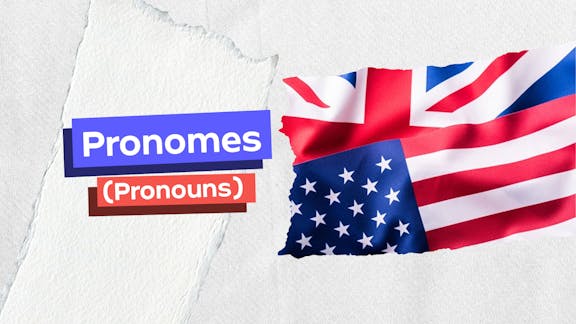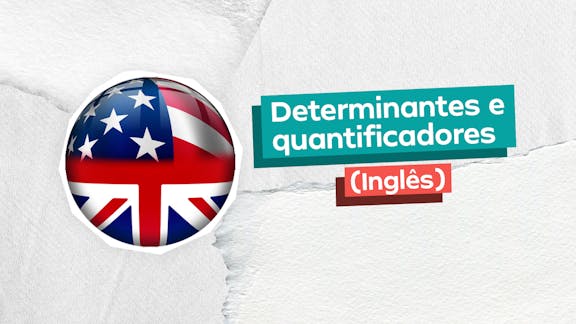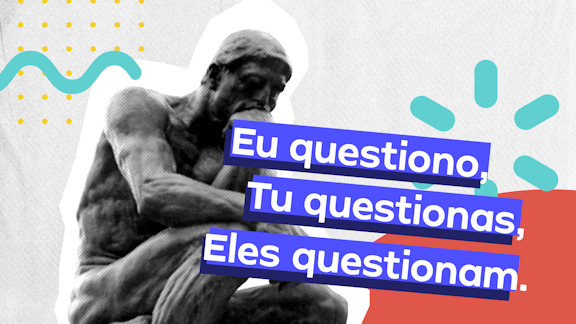Fake news
Read the text below and answer the following question.
Do tweens and teens believe “fake news”?
Let's be clear: "Fake news" has always existed. From
P.T. Barnum to Ripley's Believe It or Not to
supermarket tabloids, selling outrageous ideas has
long been a part of our culture. Most kids can tell the
difference between the shocking stories they see in
the checkout line and the more evenhanded reporting
they see on the local TV news.
But today's fake online news sources so closely mimic
real news that it's challenging even for adults to
discern what's real and what's fake. Also, kids have
less experience in and context for evaluating news
sources, so certain words or images that might
immediately tell an adult that something is fake or
biased might not have the same effect on kids.
According to Common Sense Media's report, News
and America's Kids: How Young People Perceive and
Are Impacted by the News, less than half of kids
agree that they know how to tell fake news stories
from real ones. When it comes to online news, the
stats reveal a serious lack of faith:
Only about one in four kids who gets news online
think that news posted online is "very accurate."
Only seven percent think news by people they don't
know well is "very accurate."
Tweens are more likely than teens to think that news posted online is "very accurate."
The good news is that kids who get news from social media
sites are trying to be careful readers. Most kids who get their
news from social media say they pay "a lot" or "some"
attention to the source the link on social media takes them
to. And the majority who get news online say that when they
come across information in a news story that they think is
wrong, they "sometimes" or "often" try to figure out whether
or not it's true.
Adaptado de: < https://www.commonsensemedia.org/news-andmedia-literacy/do-tweens-and-teens-believe-fake-news> Acessado
em 19 de outubro de 2018.
Gabarito comentado
Resposta correta: Alternativa E — “has always been around”
Tema central: a questão avalia compreensão da ideia principal do texto: a origem e a persistência do fenômeno conhecido como “fake news”. É preciso identificar onde o autor expressa explicitamente essa ideia e reconhecer a paráfrase correta nas alternativas.
Resumo teórico rápido: em questões de reading comprehension, procure por frases-chave que indiquem opinião geral (ex.: "Let's be clear:" / "has always existed"). Essas sentenças costumam sintetizar a tese do parágrafo introdutório. Fontes úteis sobre desinformação: Common Sense Media (relatório citado), UNESCO e Pew Research, que discutem que boatos e notícias falsas antecedem a era digital.
Justificativa da alternativa E: o texto abre com afirmação direta: “'Fake news' has always existed.” Essa sentença é literal e resume a ideia de que a desinformação não é novidade — portanto a alternativa que diz que fake news "has always been around" reflete exatamente o enunciado do autor. A escolha exige reconhecimento de equivalência semântica entre o original e a alternativa.
Análise das incorretas:
A — is a new phenomenon. Contradiz o trecho inicial que afirma o oposto; é uma inversão enganosa.
B — has never existed at all. Absurda frente ao texto; nega completamente a realidade discutida.
C — is an IT era event. Meia-verdade: o texto distingue a forma moderna (online) que mimetiza notícias reais, mas afirma que o fenômeno é anterior à era digital — logo, reduzir a fake news à era da TI é equivocada.
D — has lost its power. Não há no texto afirmação de perda de eficácia; ao contrário, há preocupação com a dificuldade atual de distingui-las.
Estratégias práticas: 1) Localize a tese (frase introdutória); 2) Prefira escolhas que repliquem a ideia central, não interpretações ampliadas ou restritivas; 3) Desconfie de alternativas que exageram ou negam fatos explícitos do texto.
Fontes citadas: relatório Common Sense Media (conforme adaptação do enunciado), e estudos da UNESCO e Pew Research sobre desinformação.
Gostou do comentário? Deixe sua avaliação aqui embaixo!






